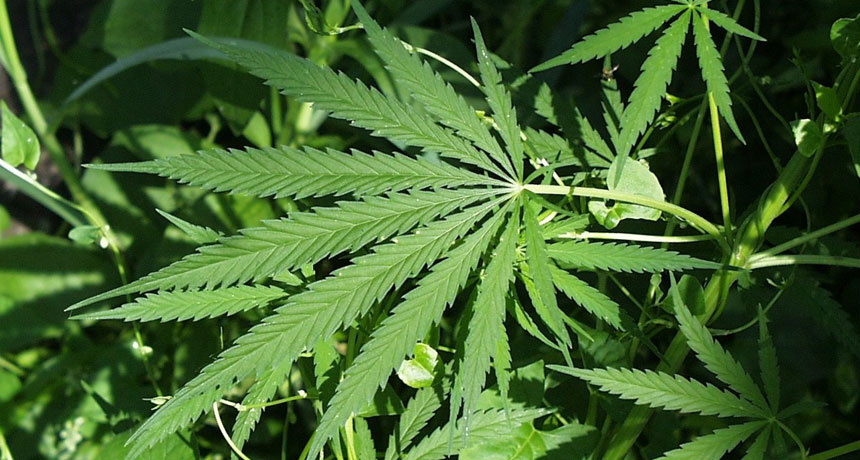Today’s pot is more potent, less therapeutic
Medicinal qualities may be up in smoke thanks to years of cross-breeding

Compared with marijuana grown 30 years ago, modern weed contains more THC, the chemical that gives pot its psychoactive effects, and less CBD, the compound thought to have therapeutic potential, a new analysis suggests.
U.S. Fish and Wildlife Service/Wikimedia Commons






